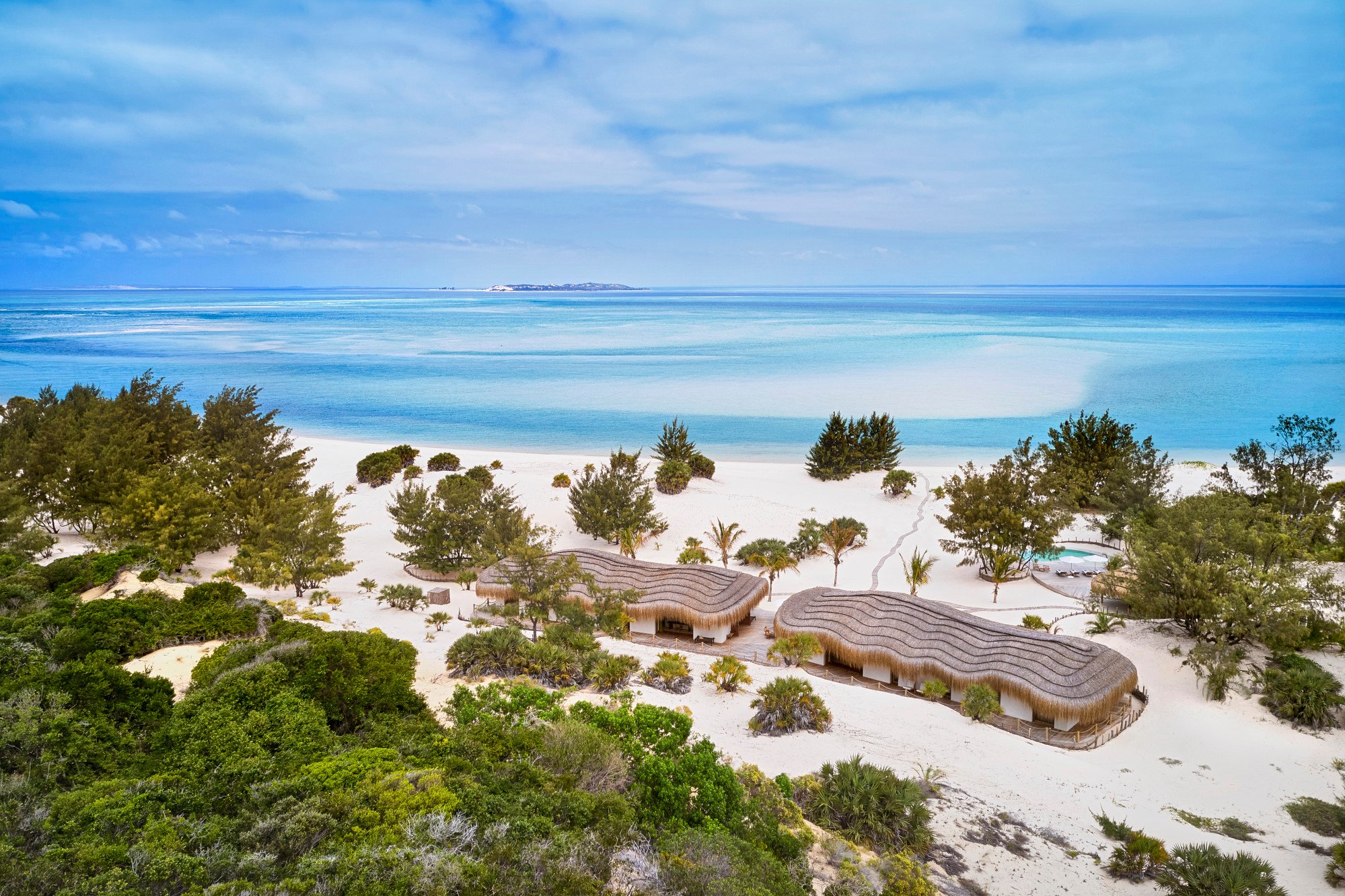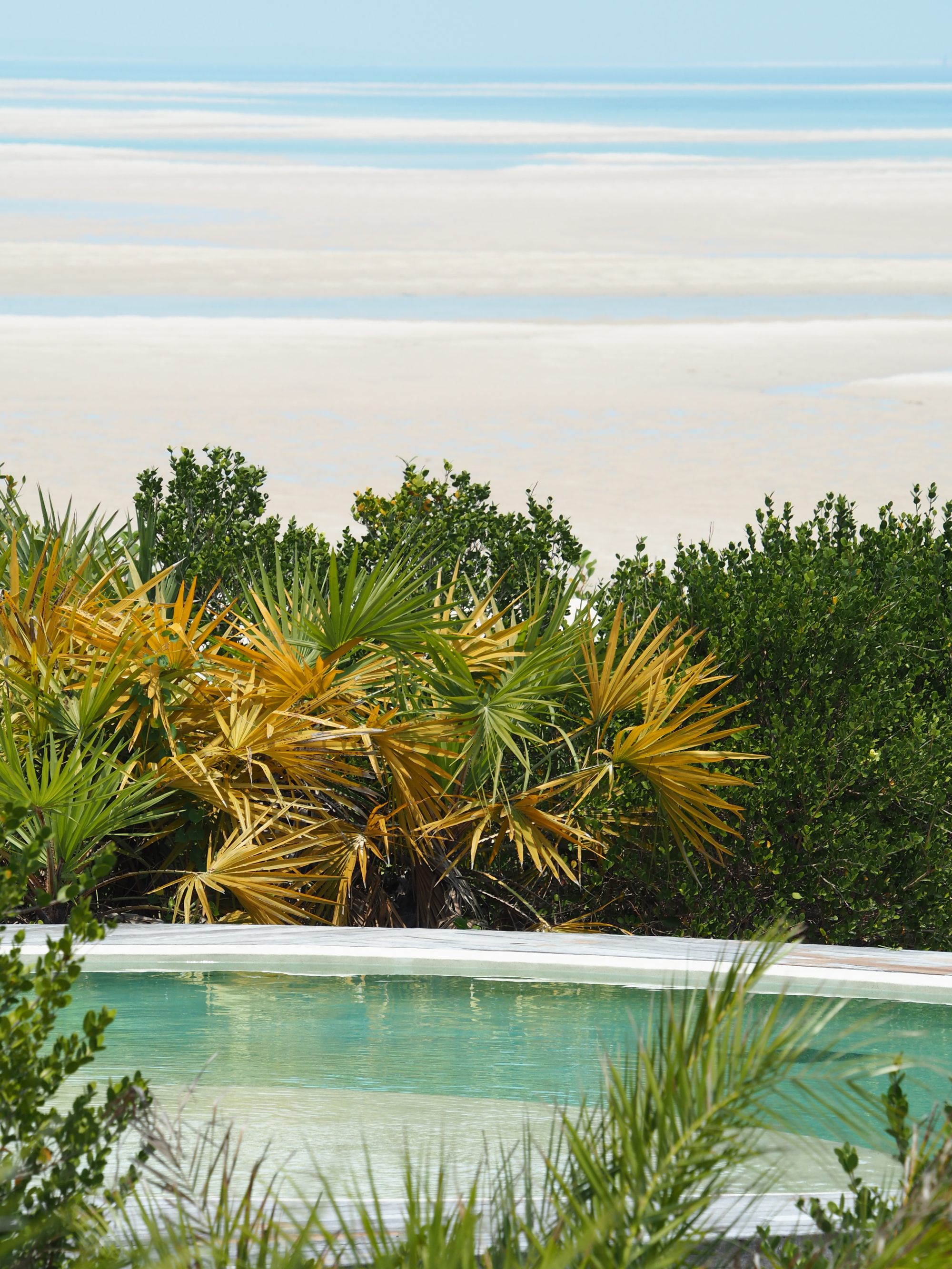
Coral reefs, the elusive dugong and a wealth of other marine life in Mozambique’s Bazaruto Archipelago
- Less visited than its neighbours, Mozambique has a breathtaking coast, coral reefs and rich marine life, including some of the last wild dugongs in East Africa
- The Bazaruto Archipelago is our base for seeking the docile creatures, once mistaken for mermaids, which have been hunted to near extinction
When Christopher Columbus set off to discover new lands, he thought he saw mermaids. Records indicate the 15th century Italian explorer was disappointed, thinking them “not half as beautiful as painted”.
That is because they were not mermaids at all; they were manatees, large marine mammals found mostly in the warmer coastal waters of the Atlantic Ocean.
I, on the other hand, am on the lookout for their near-identical cousins – dugongs – found in the Pacific and Indian oceans.
Also known as sea cows, their rotund bodies, vacuum-cleaner snouts, stumpy flippers, leathery grey skin and wrinkles of blubber make them unlikely stand-ins for the graceful mermaid.

Yet these clumsy creatures are widely thought to be the inspiration for the mythical half-woman, half-fish sirens of the sea, responsible for luring sailors to their ruin.
After all, both manatee and dugong belong to the scientific order Sirenia, so Columbus wasn’t the only one who saw a resemblance to mermaids.
Natural wonders: a deep dive into Taiwan’s Green Island and Liuqiu Island
No such likeness springs to mind during my first dugong encounter. Rather, I am filled with awe, but also sadness.
Once found in abundance globally, their docile nature and importance as a source for food, oil and skin have made them easy targets for fishermen, who have hunted them almost to extinction.
Months before my encounter, dugongs were declared functionally extinct in China, with no confirmed sightings in its waters for more than 20 years.
So I’ve travelled to Mozambique, a former Portuguese colony blessed with some 2,500km (1,553 miles) of spectacular coastline, but in the tourism shadow of neighbours South Africa, Zimbabwe, Zambia and Tanzania.
A brutal post-independence civil war estimated to have killed a million people keeps visitors away, despite having ended more than 30 years ago.

Established in 1971, the park spans more than 1,400 square kilometres (540 square miles) and includes five islands just off the coast, a sparkling jewel in Mozambique’s nascent tourism crown.
I’ve just completed a dive when Renoir Le Noury, divemaster and activities manager at andBeyond Benguerra Island, suggests a detour in hope of seeing a dugong before returning to the luxurious beachfront resort where I am staying.
Speeding off in our skiff, we pass masted dhows against a backdrop of golden dunes, slowing as we approach an island where a female dugong has recently been sighted.

“There!” exclaims Le Noury, pointing to a subtle breach in the water. “Dugongs have to come up for air every seven minutes or less, so if we’re patient, it will appear again,” he says.
Sure enough, a shadow eventually floats towards the surface. A large grey blob breaks through, blows its snout and, with a flip of its mermaid-like tail, arches back underwater.
“Because dugongs are territorial, they’re easy to observe once located, though they shouldn’t be disturbed for too long,” says Le Noury.
He says that they feed on seagrass beds in shallow water and while known to form herds, are often solitary and shy. All alone, we are the only human interlopers.

This will turn out to be the only sighting I have all week, although the archipelago offers myriad other delights for divers and snorkelers.
As a key migratory corridor and breeding ground, it is home to one of the most biodiverse marine ecosystems in the world, a fantastical under-the-radar haven of coral, reef fish, dolphins, sharks, manta rays, turtles and whales.
All the requisites of a tropical paradise are here: pristine water, castaway islands, beaches dotted with swaying palm trees and sunshine year-round.
What sets Bazaruto apart from, say, the Maldives or Phuket, however, is an astonishing natural phenomenon that must be seen to be properly appreciated.

Every day, a receding tide pulls the sea back to reveal the dazzling ripples of white sandbanks among turquoise pools that stretch all the way to the horizon.
“There are various theories about how these sandbanks and islands formed but no definitive conclusion has been reached yet,” says Mario Lebrato, chief scientist at the Bazaruto Centre for Scientific Studies (BCSS).
“One suggests that the sandbanks were deposited through estuaries over millions of years, while another proposes that they were once connected to the mainland and eventually separated.
“What is known is that they contribute to nutrient enrichment, support reef ecosystems, and look incredible.”

The BCSS is an ocean observatory founded by entrepreneur and philanthropist Nina Flohr, who is also behind the ultra-luxe Kisawa Sanctuary (more on which later).
BCSS gathers data that helps fill in gaps in scientific knowledge in a region often referred to as a “data desert” and shares it with universities and research institutions in Mozambique and abroad.
One morning, I head out on a Kisawa-offered dive excursion with Lebrato and a couple of research students, to collect water samples and record animal sightings. As the boat bounces across the swell they are scanning for signs of life, pausing to log turtle sightings before coming to a stop above a reef.
Visibility is good and the ocean teems with marine life among the coral. Once again, it is just us among the fauna.
Every day, our people will go out fishing in dhows. It is a way of life and part of our culture; every family is involved
In a heart-stopping moment, a large bull shark flashes past then disappears into the void. I hear muffled shouts of excitement as a pod of dolphins swim next to us.
“Best dive ever!” exclaims one of the students as we get back on the boat just as a whale – one of the last of the season – breaches in the distance.
Animals are not the only beings to have found sanctuary in the archipelago. During the war, the islands were relatively safe havens, far enough from the mainland to escape the worst of the violence.
Querino Huo was born in Vilanculos, the gateway town to the archipelago, and sent to the safety of Benguerra Island as a child.

“From my earliest memories, I have been surrounded by the sights and sounds of the ocean. Every day, our people will go out fishing in dhows. It is a way of life and part of our culture; every family is involved,” Huo says, as he recalls how he would go out with his brother after school most days to fish.
Huo says he moved to Vilanculos for work but found the lure of the island too strong to resist. In 2016, he returned to Benguerra and joined the pre-opening team at Kisawa, which launched in 2022.
With just 11 palatial residences spread across 300 hectares (741 acres) on the southern tip of the island, it is like a billionaire’s hideaway, with little more than the thatched roofs of pavilions peeking out from behind undulating dunes.
Kisawa’s opening sets a new benchmark for conservation-led hospitality and tourism in Mozambique, and Huo, who is activities and community liaison manager, is excited.

He credits tourism with the development of the island, saying that “before the arrival of the lodges, there were no schools, clinics or reliable water supply”, all of which have been funded by the resorts.
They are also closely bound to the community as major employers, with almost all staff coming from the island and surrounding regions. As a result, Huo says, there is strong support among villagers for the resorts.
Personally, it allows him to dream of becoming a divemaster, an idea that once seemed inconceivable.
For all the beauty I’ve seen, the best is saved until last. Unlike my arrival, during high tide, my departure by helicopter to Vilanculos international airport coincides with low tide.

On the short flight back, the archipelago unfurls in all its majesty below me, an otherworldly vision of vanilla ice cream swirls and streaks of sand coursing through the azure sea.
In deeper parts, circles of coral and dark blue channels are visible, ones that guide whales, dugongs and other wildlife to this African sanctuary.
Soon after my visit, the IUCN Red List of Threatened Species declared dugongs in East Africa critically endangered, one step away from extinction.
Although their numbers are in jeopardy, the listing does at least give the last of Mozambique’s dugongs added profile and protection, and provides all the more reason to travel to this extraordinary country.

